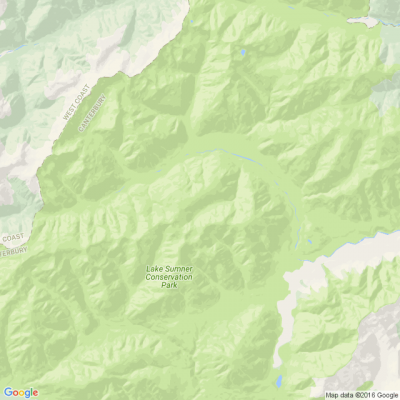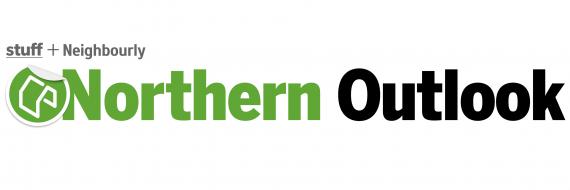Education changes: Area schools ‘copping it from all directions’
By David Hill, Local Democracy Reporter
A North Canterbury principal says area schools are ‘‘copping it from all directions’’ with Government changes to education.
Amuri Area School principal Matt Barlow has written to Education Minister Erica Stanford to ask whether the pace of change can be slowed down.
Area schools cover all year levels from new entrants to year 13, tend to be smaller and are based in rural areas, meaning they face pressures to implement curriculum changes across the board.
‘‘Schools like Rangiora High School don’t have to worry about year 1 to 3 literacy and numeracy, and primary schools don’t have to worry about changes to NCEA.
‘‘We are a bit of an afterthought. Area schools are like an airport and principals are like air traffic controllers, with planes coming from all directions.’’
While some rural school rolls are falling, Amuri Area School is managing a growing roll.
The roll has jumped from 335 to 380 students since the start of 2023, which includes its largest roll of year 7s (50) and year 13s (22).
Barlow said the school is working with the Ministry of Education to design a new building for science, technology and arts classes.
No budget or timeframe has been decided.
Amuri Area School is in Culverden, on the way to Hanmer Springs, and the relative isolation adds to the challenges.
The relief teacher pool is limited, meaning Barlow and his two deputy principals have had to step into the classroom several times this year.
Roger Hornblow became principal at Cheviot Area School in term four last year, having been a long serving primary school principal.
‘‘Area schools are very complex and I don’t think it is appreciated by everybody.
‘‘We are dealing with the NCEA changes and the year 0 to 8 changes. It is really complex.
‘‘But that is part and parcel of the beast and we need to make sure we do it in a way which give students the best outcomes.’’
It means professional development is constant, and Hornblow is pleased with how his staff are stepping up.
He would like to see ‘‘a unified education policy’’ which did not change every time there is a change of Government.
The New Zealand Education Institute Te Riu Roa and the New Zealand Principals' Federation also called on the Government last week to slow down the implementation of new structured math and English curriculum.
New NCEA literacy and numeracy online tests have also come under fire from secondary school principals around the country.
Education Minister Erica Stanford said extra support is being provided to area schools in North Canterbury, with curriculum advisors visiting schools, assisting with teacher only days and providing webinars.
The schools also have the support of the ministry's area school leadership advisor Stephen Beck, who is taking a year out from his role as principal at Hurunui College.
"Support will be ongoing as the local team looks to ensure our rural area schools have the assistance they require to implement and embed these changes."
But she said introducing structured literacy and numeracy will take time, especially for schools teaching it for the first time.
"Embedding a curriculum refresh, running professional development and responding to our sector feedback are things we will work on together over the coming years."
■ LDR is local body journalism co-funded by RNZ and NZ On Air.
A riddle to start the festive season 🌲🎁🌟
I'm a fruit. If you take away my first letter, I'm a crime. If you take away my first two letters, I'm an animal. If you take away my first and last letter, I'm a form of music. What am I?
Do you think you know the answer? Simply 'Like' this post if you know the answer and the big reveal will be posted in the comments at 2pm on the day!
Want to stop seeing these in your newsfeed?
Head here and hover on the Following button on the top right of the page (and it will show Unfollow) and then click it. If it is giving you the option to Follow, then you've successfully unfollowed the Riddles page.

Riccarton landlord’s lucky catch!
A local landlord in Riccarton https ://www.enviroflo.co.nz/ |booked what was meant to be a simple, routine CCTV drain check, | just a bit of peace of mind for a tidy, well-kept rental. But under that neat garden and solid paths, our camera told a different story…
We found several cracks and offsets in the old ceramic drain lines, likely hidden damage from the 2010–2011 quakes. Nothing too dramatic yet, but it was only a matter of time before things got messy.
Luckily, the property still had an EQC (now Natural Hazards Commission) claim on record. Our team stepped in to help the owner with the process, and before long, the repairs were fully approved and sorted at no extra cost to them.
We replaced the damaged sections, tidied everything up, and left both the tenant and landlord relieved they’d caught the problem early.
Moral of the story: sometimes a “routine check” can save you a lot of stress (and cash) down the line!
Have you claimed your free drain check with Enviroflo yet?

Think you can spot a scam from a mile away?
You might be surprised. Scammers are getting slicker, sneakier, and a whole lot more convincing, and they’re targeting everyone from students to grandparents.
Before you brush it off with “I’d never fall for that,” give your scam radar a quick tune-up! Test yourself with Netsafe’s fun new Scam Spotting Quiz or try our online module for even more skill-building.
Scams can catch anyone — even the careful ones.
Keep your wits (and your wallet) about you!










 Loading…
Loading…